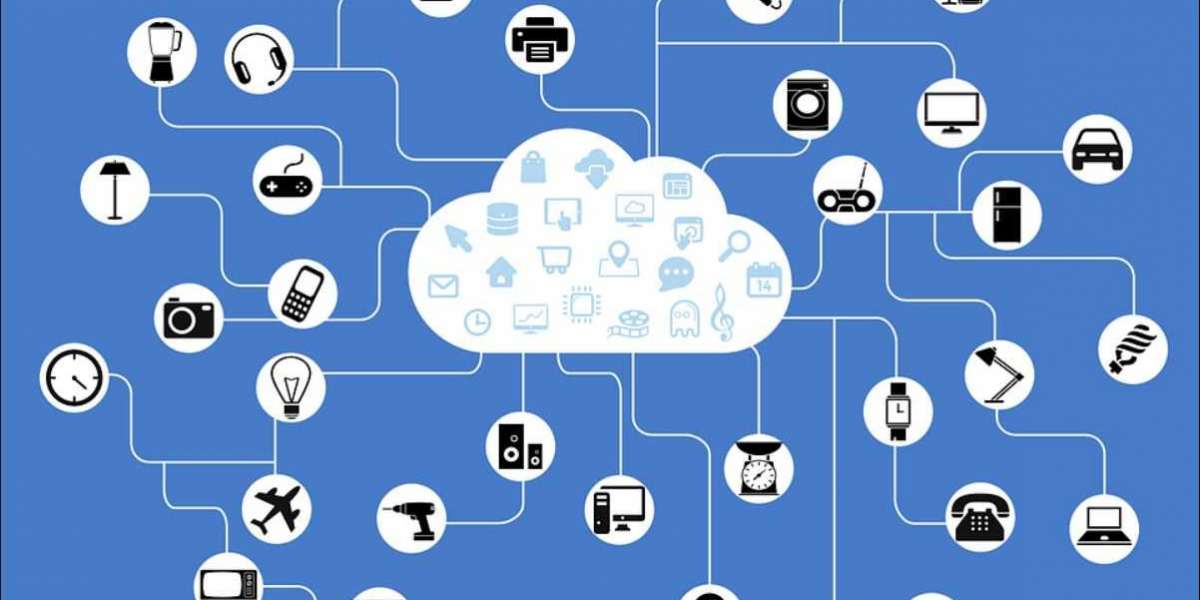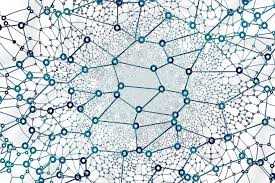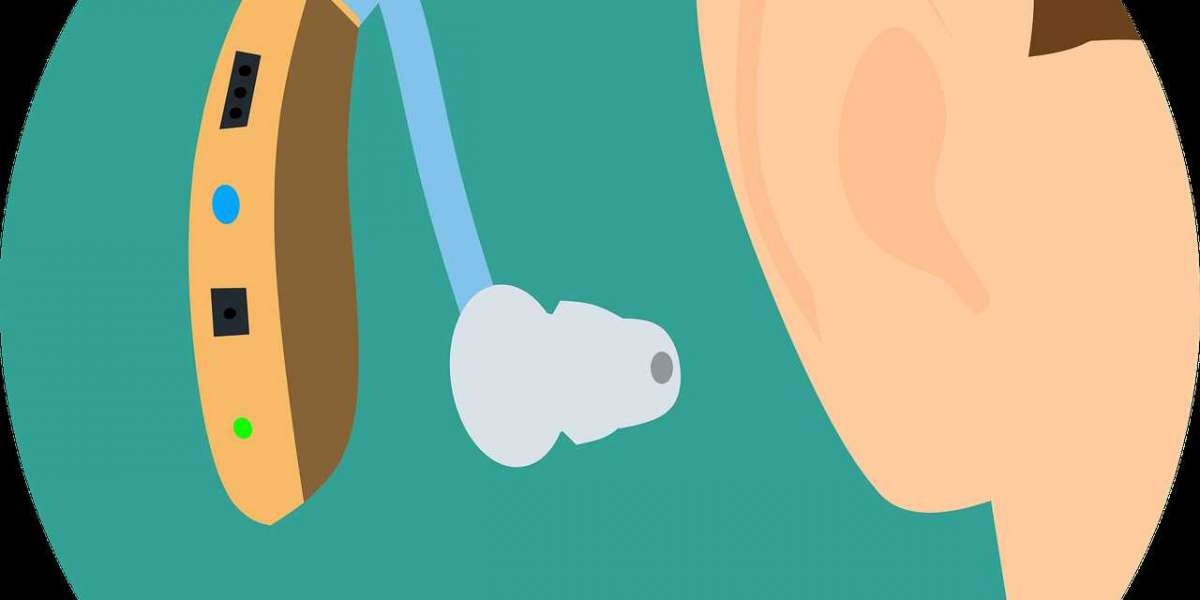What connects the following people?

Aren: Works to protect black rhinos in the Serengeti National Park, Tanzania.
Jorgen: A chauffeur in Leiden, The Netherlands.
 Yui: SDF officer monitoring undersea earthquakes in Japan.
Yui: SDF officer monitoring undersea earthquakes in Japan.
Evior: Monitors and tracks reindeer in Rondane National Park, Norway.
The answer is LoRaWAN.
LoRaWAN is a low-power wide-area network technology. LoRaWAN works on cloud technology and acts as a communication platform between network gateways and end devices. For example; A LoRaWAN style network is present in a college classroom with a professor and his students in a lecture.
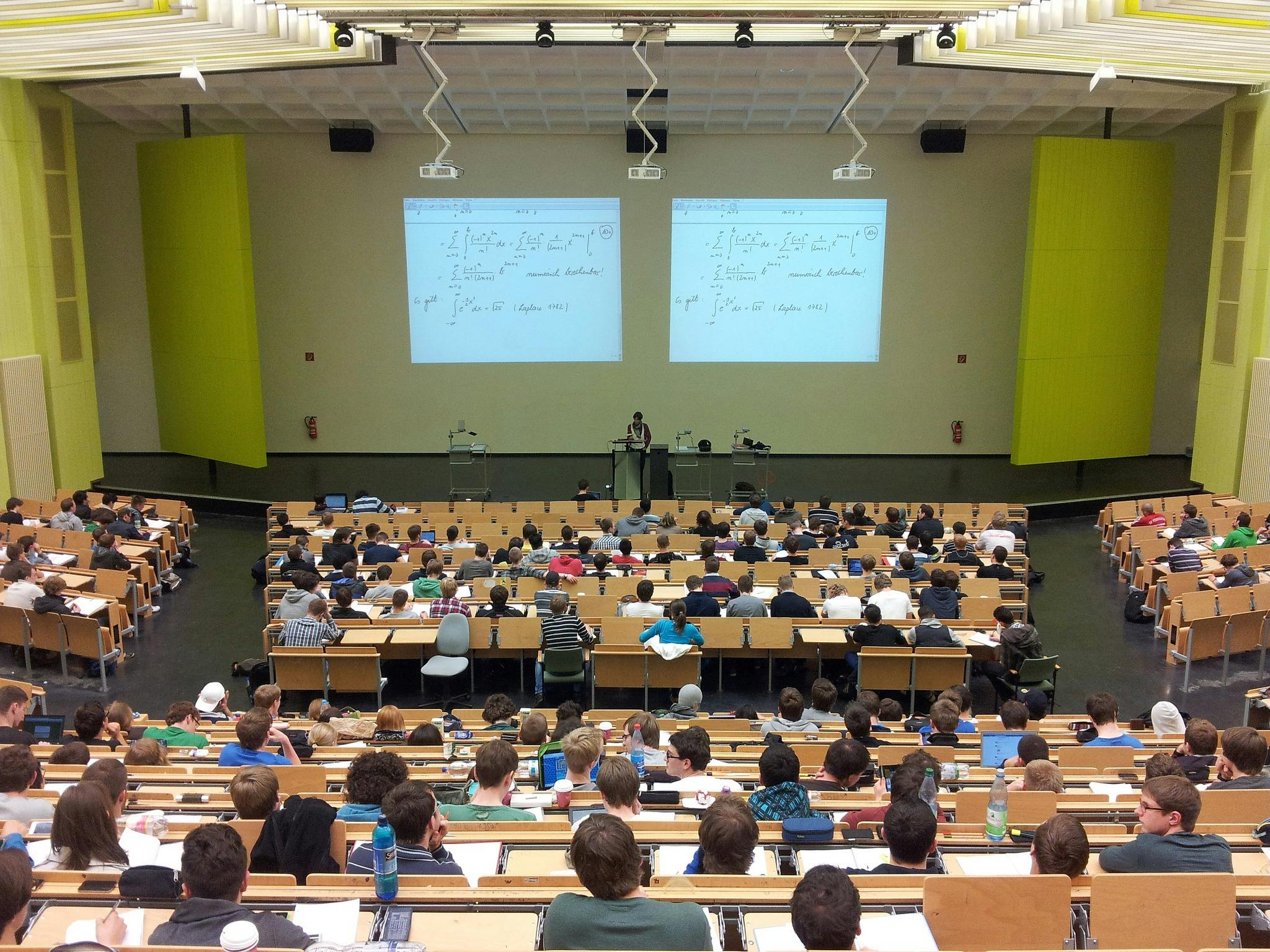 A Network has a gateway to transmit information and a node to receive information. In this case, the professor is the gateway as he speaks (the message) and the end nodes are the students in the class. Now, if everyone would try communicating with the professor at the same time, he would not be able to hear or understand them. He does not understand his students as they interrupt each other to get their point across (messages collide). This mass of information would sound unintelligible to the professor. A LoRaWAN network solves this problem by acting as a medium between the students and the teacher. Now, the professor understands his students and vice versa.
A Network has a gateway to transmit information and a node to receive information. In this case, the professor is the gateway as he speaks (the message) and the end nodes are the students in the class. Now, if everyone would try communicating with the professor at the same time, he would not be able to hear or understand them. He does not understand his students as they interrupt each other to get their point across (messages collide). This mass of information would sound unintelligible to the professor. A LoRaWAN network solves this problem by acting as a medium between the students and the teacher. Now, the professor understands his students and vice versa.
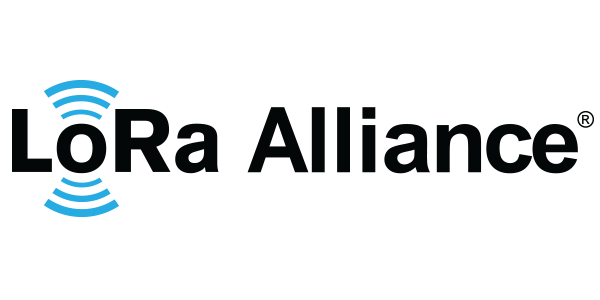
All LoRa networks are managed by the LoRa Alliance, which is a coalition of more than 500 companies. Created in 2015, it assumes responsibility for the smooth operation of these networks, providing resources for the development and maintenance of LoRaWAN technologies, as well as support in the event of critical networking issues. LoRaWAN technologies have several applications outside of monitoring wildlife, smart parking and disaster monitoring. They are gaining use in sustainable agriculture to measure crop production, water conservation and industry.

By supporting the use of a host of smart devices, LoRaWAN enables farmers to reduce the environmental impact of their crops, increase crop yields and reduce expenses. It has ensured a 50% water reduction for commercial farms, as well as improvements in crop failure prediction and pest reduction.  Water is an essential part of agriculture. Unfortunately, water is becoming scarce in many parts of the world due to global warming. LoRa-based solutions allow farmers to manage their irrigation effectively with sensors to monitor water levels. Placing sensors at various points of their irrigation system from the water source and in different parts of the field helps in real-time water tracking in the farm. Industries are the boooming heart of the economy. Industries can install IoT-connected sensors for various real-time monitoring functions. LoRaWAN sensors have a long-range, consumes less power, and has long battery life. These LoRa sensors in manufacturing plants or mobile industries can send critical data to a LoRaWAN network where it undergoes data analysis.
Water is an essential part of agriculture. Unfortunately, water is becoming scarce in many parts of the world due to global warming. LoRa-based solutions allow farmers to manage their irrigation effectively with sensors to monitor water levels. Placing sensors at various points of their irrigation system from the water source and in different parts of the field helps in real-time water tracking in the farm. Industries are the boooming heart of the economy. Industries can install IoT-connected sensors for various real-time monitoring functions. LoRaWAN sensors have a long-range, consumes less power, and has long battery life. These LoRa sensors in manufacturing plants or mobile industries can send critical data to a LoRaWAN network where it undergoes data analysis. 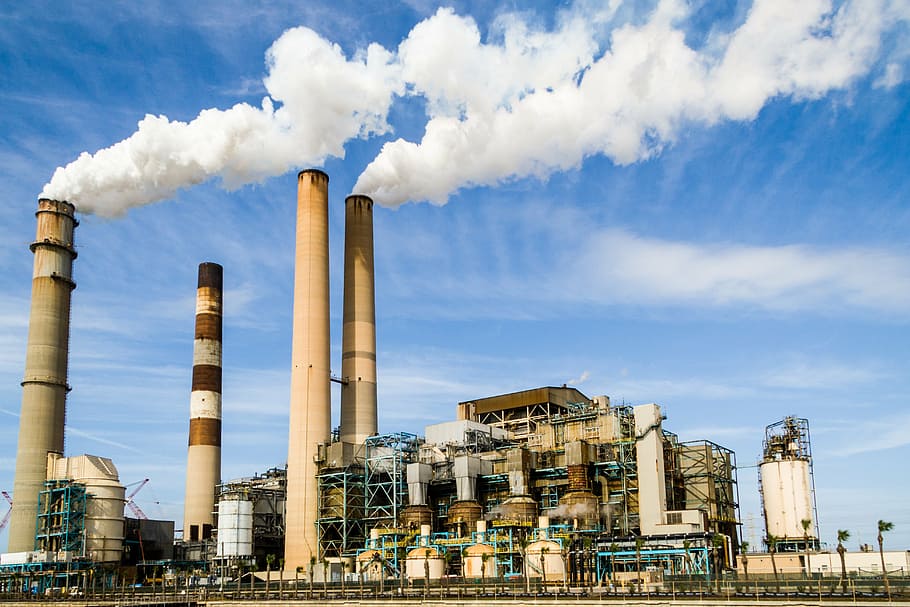
LoRaWAN and IoT based technologies are gaining extensive prominence in agriculture industry that, it's a revolutionary technology of the 21st century.
